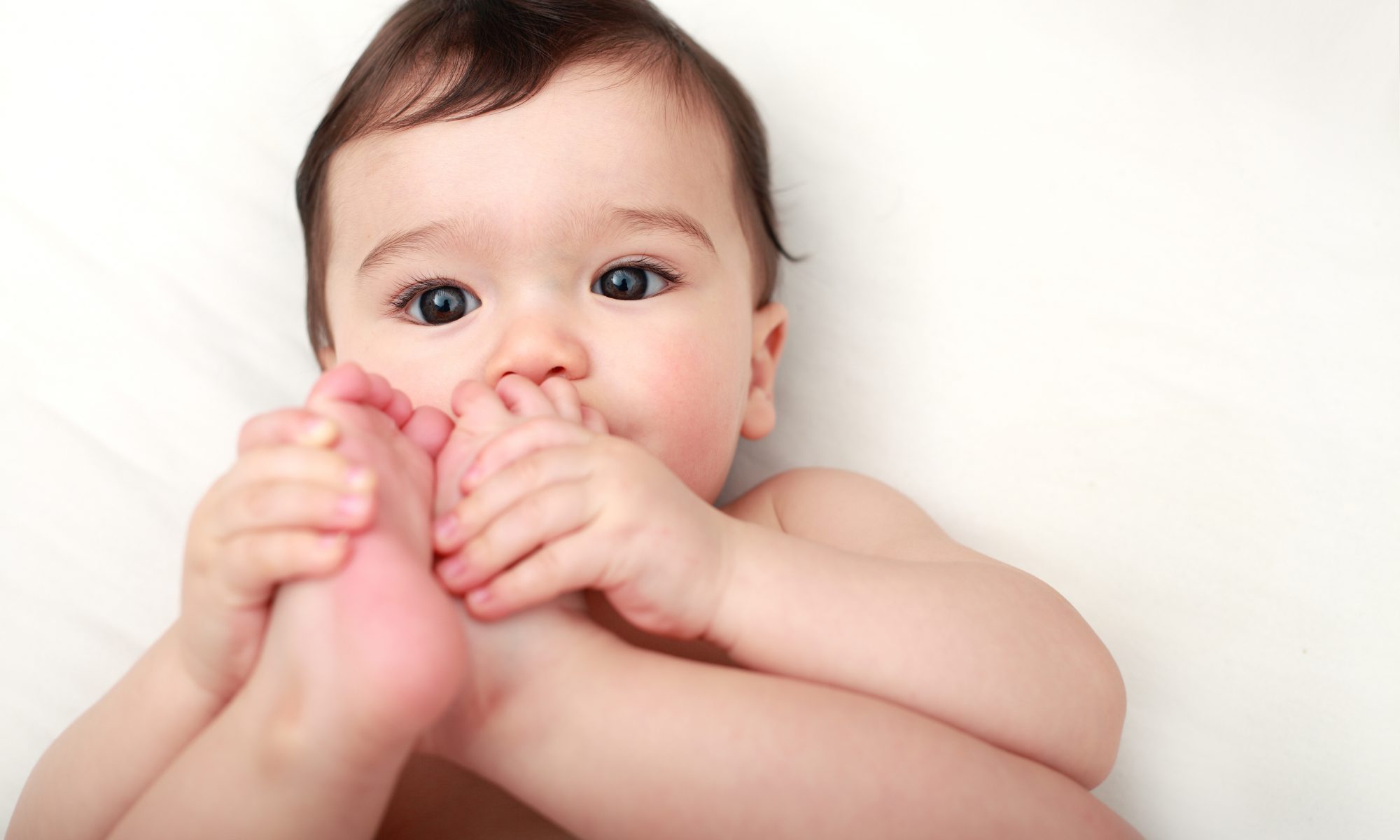July and August are among the hottest months of the year, and your baby is especially vulnerable to the dangers of overheating – including suffering from heat exhaustion and heat stroke.
Heat exhaustion is a milder form of heat stroke. Symptoms include unusual tiredness or thirstiness, as well as cool, moist skin. Leg and stomach cramps can also occur. Heat stroke is more severe and can include a temperature of 103 degrees or higher with no sweating, hot/red/dry skin, rapid pulse, vomiting, restlessness, lethargy and unconsciousness.
If your baby exhibits any of the symptoms of heat stroke, call 911. While waiting for an ambulance, move your child to a cool area and undress him or her. Sponging your child down with cool water can help decrease his or her body temperature. A fan may also help.
Avoiding placing your child at risk of heat exhaustion or heat stroke by:
- Dressing him or her in loose, lightweight clothing
- Staying in the shade when you’re outside
- Checking his or her temperature during car rides, to ensure no overheating
- Keeping your baby well hydrated
- Staying indoors when temperatures are very high
- Never leaving your child in a parked car
Always talk to your medical provider if you have questions about heat stroke or your baby’s health and wellbeing.


